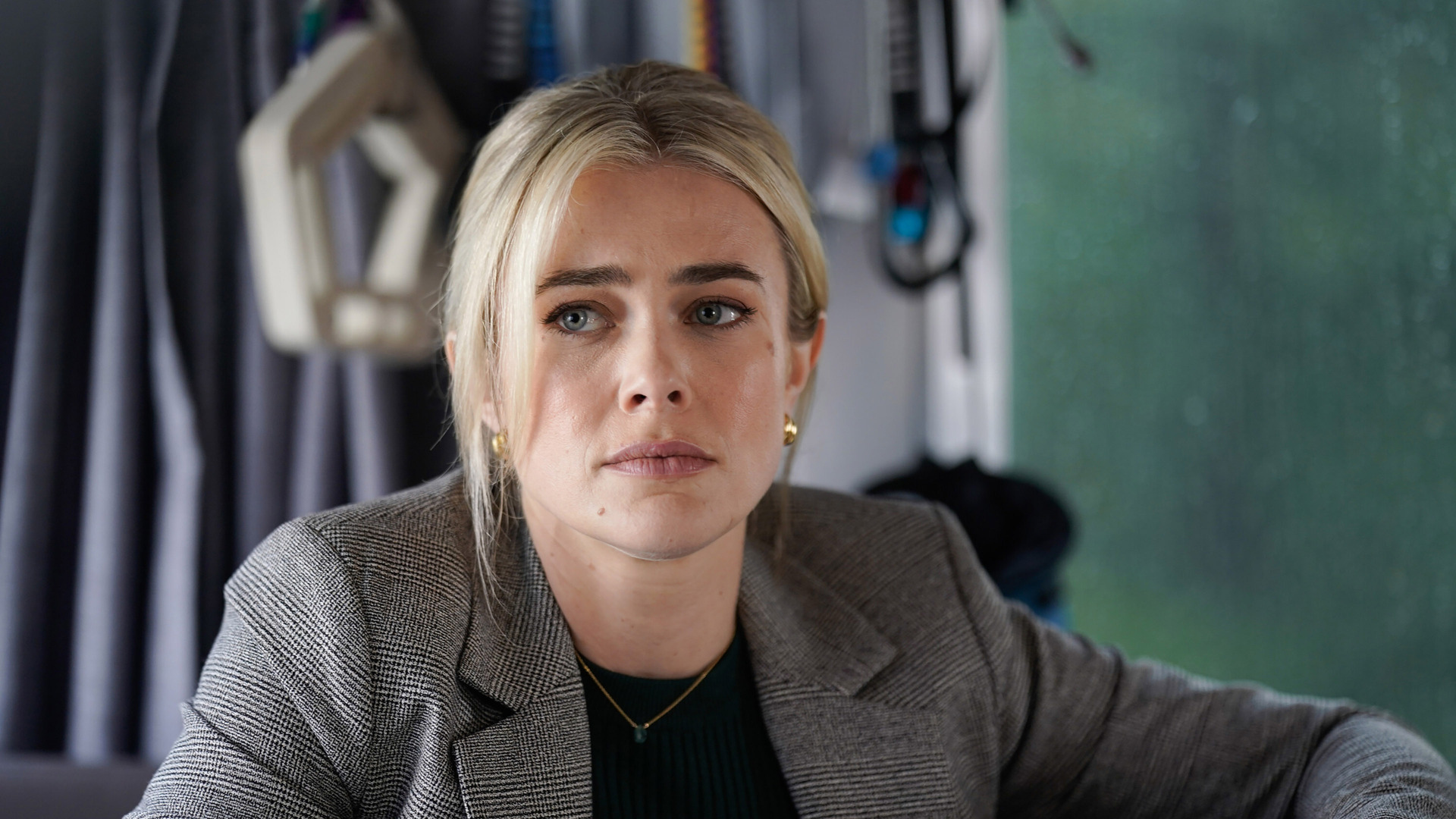
The Recurring Role of Missing and Endangered Women
From its very first episodes, Tracker introduces viewers to a familiar trope: women in peril. Young girls vanish. Mothers go missing. Female employees disappear without a trace. At first glance, the series seems to be echoing the well-worn pattern of procedural dramas that center on endangered women as the emotional core of each mystery.
But Tracker goes further. Rather than reducing these women to victims, the show often unearths complex backstories, motivations, and layers of strength behind each disappearance. The series uses their stories to comment on larger issues: domestic violence, systemic negligence, mental health, and societal expectations placed on women.
This makes each case more than just a rescue—it becomes an exploration of why these women ended up in danger to begin with.
Agency and Complexity in Female Characters
What separates Tracker from many similar shows is that its female characters often choose to disappear—or at least, their actions contribute to the mystery. They are not passive victims. Instead, they are:
-
Women escaping abuse
-
Mothers protecting children from dangerous relatives
-
Teen girls fleeing oppressive environments
-
Professionals trying to uncover corruption
These characters exhibit agency, even in crisis. Colter’s job isn’t just to find them—it’s to understand them. And in that process, the audience gets a deeper, more respectful look at the interior lives of women who are usually reduced to headlines or plot devices.
Colter Shaw’s Interactions with Women: Protector or Partner?

Colter Shaw often finds himself in situations where he is tasked with protecting women, but Tracker is careful not to make him a savior. He listens. He asks questions. He works with women, not just for them. And unlike many traditional male leads, he doesn’t treat female vulnerability as a reason for dominance.
His interactions with women—whether they are clients, allies, or adversaries—are generally marked by respect and professionalism. He is sympathetic, but not patronizing. Protective, but not possessive.
This positions Colter as a rare kind of male protagonist in today’s crime shows—a man strong enough to help without overshadowing.
Female Clients, Female Villains, and Subverted Tropes
One of the more fascinating aspects of Tracker is its willingness to complicate the traditional roles of women in crime dramas. Some standout examples include:
-
A case where the “missing” woman faked her disappearance to expose a human trafficking ring.
-
A mother who hires Colter under false pretenses, turning out to be more dangerous than the people she fears.
-
A teenage girl who manipulates an entire town, playing into the image of the “lost angel” while pulling strings behind the scenes.
These twists don’t just shock—they force viewers to rethink assumptions about innocence, victimhood, and gendered morality. In Tracker, being a woman doesn’t automatically mean being good, bad, weak, or strong. It means being human—and unpredictable.
Tracker’s Contribution to the Evolving Portrayal of Women in Crime Dramas
Crime dramas have a long history of treating women as either damsels in distress or seductive villains. Tracker disrupts this binary by offering nuanced, realistic portrayals of women across the spectrum of age, race, profession, and background. Its women are:
-
Mothers, daughters, cops, hackers, students
-
Survivors and perpetrators
-
Heroes and liars
-
Lost—and sometimes, found only by themselves
This diversity doesn’t just add narrative depth—it reflects the real-world complexity of gender and justice. And it aligns with modern demands for more inclusive and respectful storytelling in TV.
Conclusion
Tracker uses its case-of-the-week structure to tackle more than just crime—it examines gender, power, and agency in a world where women are too often silenced or simplified. By treating female characters with depth and dignity, the show becomes part of a broader movement toward better representation.
Colter Shaw may be the one doing the tracking, but in many episodes, it’s the women who teach him—and us—what strength, survival, and truth really look like.
